Home>Renovation & DIY>Home Renovation Guides>How Cold Does A Crawl Space Get
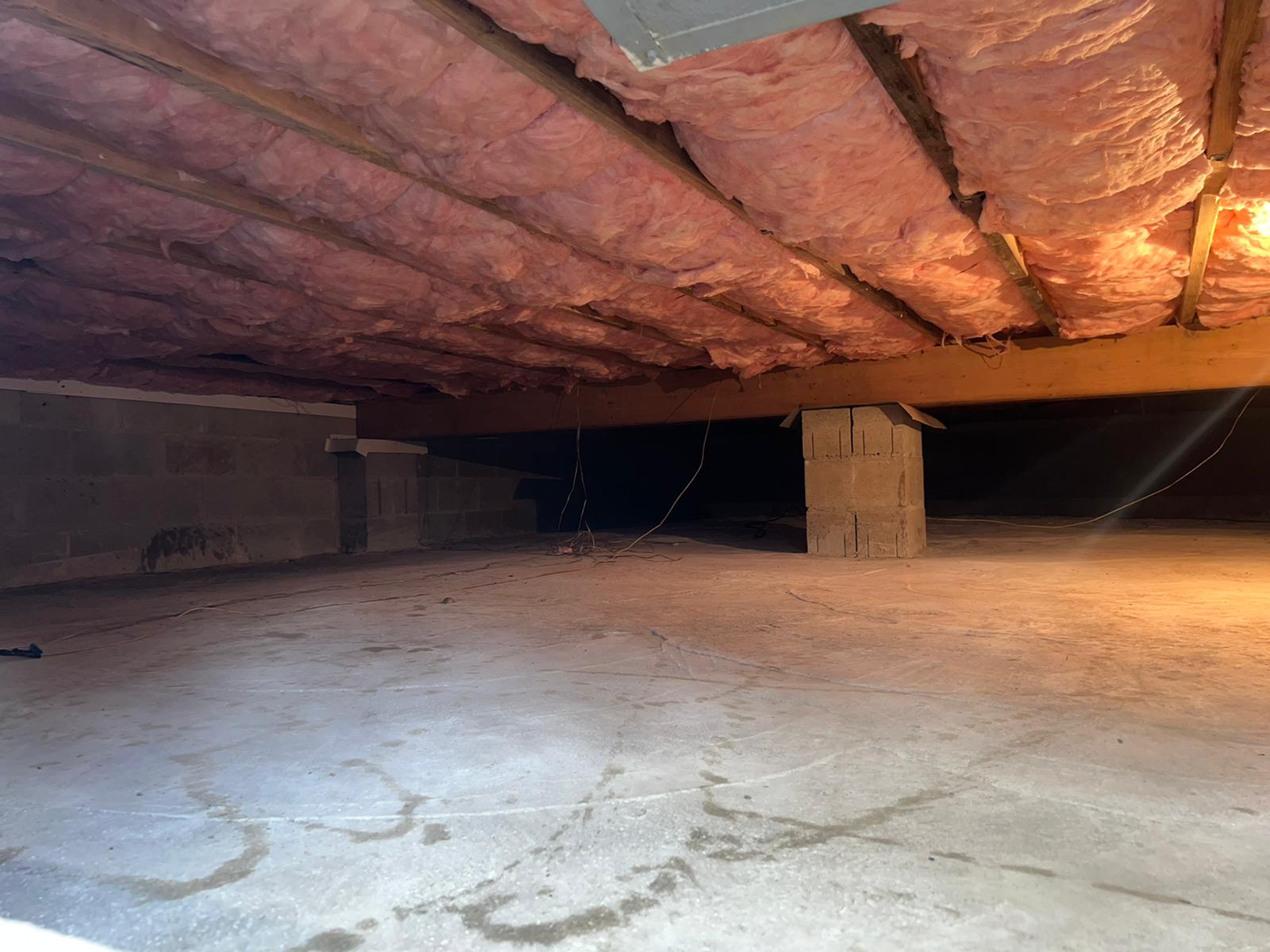

Home Renovation Guides
How Cold Does A Crawl Space Get
Modified: February 18, 2024
Learn how cold a crawl space can get and how to address it in our comprehensive home renovation guide. Ensure your home stays warm and comfortable.
(Many of the links in this article redirect to a specific reviewed product. Your purchase of these products through affiliate links helps to generate commission for Storables.com, at no extra cost. Learn more)
Introduction
When it comes to home renovation and maintenance, the often overlooked crawl space plays a crucial role in the overall comfort and energy efficiency of a house. A crawl space is an area beneath a building that is typically not tall enough for a person to stand up in and serves as a foundation for the structure. Despite its low visibility, the temperature of the crawl space can have a significant impact on the entire home.
Understanding the temperature dynamics of a crawl space is essential for homeowners and renovators alike. The temperature in this confined area can fluctuate due to various factors, and these fluctuations can affect the comfort level and energy efficiency of the entire home. By delving into the factors influencing crawl space temperature, the average temperature of crawl spaces, the effects of cold crawl spaces, and effective insulation and warming techniques, homeowners can gain valuable insights into optimizing their living spaces.
As we explore the factors affecting crawl space temperature, it becomes evident that the temperature in this area is not solely determined by the external weather conditions. Rather, it is influenced by a combination of factors, including the geographical location of the home, the type of foundation, the presence of insulation, and the ventilation system. By comprehending these factors, homeowners can make informed decisions to regulate the temperature in their crawl spaces and create a more comfortable living environment.
In the subsequent sections, we will delve into the average temperature of crawl spaces and the effects of cold crawl spaces on the overall home environment. Additionally, we will explore practical strategies for insulating and warming up crawl spaces, providing homeowners with actionable insights to enhance the comfort and energy efficiency of their homes.
Key Takeaways:
- Don’t overlook your crawl space! Its temperature affects your home’s comfort and energy efficiency. Factors like location, insulation, and ventilation play a big role.
- Cold crawl spaces can cause frozen pipes, high energy bills, and pest problems. Insulate and regulate temperature to create a cozy, efficient home.
Read more: How To Get Mice Out Of Crawl Space
Factors Affecting Crawl Space Temperature
The temperature of a crawl space is influenced by a myriad of factors, each playing a significant role in determining the overall thermal conditions in this confined area. Understanding these factors is crucial for homeowners and renovators seeking to optimize the temperature and energy efficiency of their homes.
Geographical Location
The geographical location of a home is a primary determinant of the crawl space temperature. In colder regions, crawl spaces are more susceptible to lower temperatures, especially during winter months. Conversely, in warmer climates, crawl spaces may experience higher temperatures, impacting the overall thermal conditions of the home. Understanding the regional climate is essential for implementing appropriate insulation and temperature regulation measures.
Type of Foundation
The type of foundation upon which a home is built can greatly influence the temperature of the crawl space. Homes with slab-on-grade foundations may experience more direct contact with the ground, leading to greater temperature fluctuations. On the other hand, homes with raised foundations may have more airflow beneath the structure, affecting the crawl space temperature differently. Recognizing the impact of the foundation type is crucial for devising effective temperature regulation strategies.
Insulation
The presence and quality of insulation in the crawl space significantly impact its temperature. Well-installed and adequate insulation can help maintain more stable temperatures, reducing the impact of external weather conditions. Conversely, inadequate or deteriorating insulation can lead to greater temperature fluctuations, affecting the overall comfort and energy efficiency of the home.
Read more: How To Get Rid Of Spiders In A Crawl Space
Ventilation
The ventilation system in the crawl space plays a crucial role in regulating its temperature. Proper ventilation can help mitigate moisture buildup and prevent extreme temperature variations. However, inadequate ventilation or obstructions in the airflow can lead to temperature imbalances, potentially impacting the entire home's thermal conditions.
External Weather Conditions
External weather conditions, particularly temperature and humidity levels, directly influence the crawl space temperature. During colder seasons, the crawl space may experience lower temperatures, while in warmer seasons, it may become warmer. Understanding the seasonal variations and their impact on the crawl space temperature is essential for implementing effective temperature regulation measures.
By comprehensively considering these factors, homeowners can gain valuable insights into the dynamics of crawl space temperature and make informed decisions regarding insulation, ventilation, and temperature regulation strategies. This understanding is pivotal for creating a more comfortable and energy-efficient living environment.
Average Temperature of Crawl Spaces
The average temperature of crawl spaces can vary significantly based on several factors, including geographical location, seasonal changes, and the presence of insulation and ventilation. In colder regions, crawl spaces tend to experience lower temperatures, especially during winter months, while in warmer climates, they may exhibit higher temperatures throughout the year.
During winter, crawl spaces in colder regions can often reach temperatures close to the outdoor ambient temperature, which can drop below freezing in extreme cases. This can lead to several issues, including frozen pipes, increased energy consumption as the home's heating system works harder to compensate for the cold crawl space, and discomfort in the living areas directly above the crawl space.
Conversely, in warmer climates, crawl spaces may experience higher temperatures, especially during the summer months. Without proper ventilation and insulation, these elevated temperatures can lead to increased humidity levels, potentially causing moisture-related problems such as mold and mildew growth.
The average temperature of a crawl space is also influenced by the presence and quality of insulation. Well-installed insulation can help moderate temperature fluctuations, providing a more stable thermal environment. However, inadequate or deteriorating insulation can lead to greater temperature variations, impacting the overall comfort and energy efficiency of the home.
Furthermore, the ventilation system in the crawl space plays a crucial role in regulating its temperature. Proper ventilation can help mitigate moisture buildup and prevent extreme temperature variations. However, inadequate ventilation or obstructions in the airflow can lead to temperature imbalances, potentially impacting the entire home's thermal conditions.
Understanding the average temperature of crawl spaces is essential for homeowners and renovators seeking to create a comfortable and energy-efficient living environment. By recognizing the temperature dynamics and the factors influencing them, homeowners can make informed decisions regarding insulation, ventilation, and temperature regulation strategies to optimize the thermal conditions of their homes.
Effects of Cold Crawl Spaces
Cold crawl spaces can have a range of detrimental effects on both the structural integrity of a home and the comfort of its inhabitants. Understanding these effects is crucial for homeowners and renovators to address potential issues and create a more comfortable living environment.
Read more: How To Get Rid Of Snakes In Your Crawl Space
Structural Impact
In cold climates, crawl spaces are susceptible to freezing temperatures, which can lead to several structural concerns. One of the most significant issues is the potential for frozen pipes. When water pipes in the crawl space freeze, they are at risk of bursting, leading to water damage and costly repairs. Additionally, the freezing and thawing cycle can cause the soil beneath the foundation to expand and contract, potentially compromising the stability of the home's structure over time.
Energy Inefficiency
Cold crawl spaces can significantly impact the energy efficiency of a home. When the crawl space is cold, the floors above it can feel chilly, leading to increased demand on the home's heating system. As a result, energy consumption rises, leading to higher utility bills. The home's overall comfort is also compromised, as cold floors can create discomfort for occupants, especially during the winter months.
Moisture and Mold Issues
Cold crawl spaces can contribute to moisture-related problems, including mold and mildew growth. When the temperature in the crawl space drops, the relative humidity can increase, creating a conducive environment for mold and mildew to thrive. This not only poses health risks to the occupants but also can lead to structural damage and unpleasant odors within the home.
Pest Infestation
Cold crawl spaces can attract pests seeking shelter from the low temperatures. Rodents, insects, and other pests may find their way into the crawl space, potentially causing damage to insulation, wiring, and other structural components. Moreover, the presence of pests in the crawl space can lead to infestations within the living areas of the home, posing health risks and requiring costly pest control measures.
Overall Comfort
The impact of cold crawl spaces extends to the overall comfort of the home. Cold floors, drafts, and uneven temperatures throughout the house can create a less inviting living environment. Occupants may feel the need to constantly adjust the thermostat to compensate for the cold crawl space, leading to discomfort and potential conflicts over temperature preferences.
By addressing the effects of cold crawl spaces, homeowners can take proactive measures to insulate and regulate the temperature in the crawl space, mitigating these detrimental effects and creating a more comfortable and energy-efficient living environment.
How to Insulate and Warm Up a Crawl Space
Insulating and warming up a crawl space is crucial for maintaining a comfortable and energy-efficient home environment. By implementing effective insulation and temperature regulation strategies, homeowners can mitigate the detrimental effects of cold crawl spaces and optimize the overall thermal conditions of their homes.
Insulation Techniques
-
Vapor Barrier Installation: Installing a vapor barrier on the crawl space floor can help prevent moisture from seeping into the space, reducing the risk of mold and mildew growth. This barrier also acts as a thermal insulator, minimizing heat loss and maintaining a more stable temperature.
-
Crawl Space Encapsulation: Encapsulating the crawl space involves sealing it off from the external environment, including the ground and outside air. This comprehensive approach helps control moisture levels and temperature fluctuations, creating a more controlled and insulated space.
-
Insulating Crawl Space Walls and Joists: Adding insulation to the walls and joists of the crawl space can significantly improve its thermal efficiency. This insulation helps regulate temperature and reduce heat transfer, enhancing the overall comfort of the home.
Temperature Regulation Methods
-
Proper Ventilation: Ensuring adequate ventilation in the crawl space is essential for regulating temperature and preventing moisture buildup. Installing vents and fans can facilitate airflow, helping to maintain a balanced and controlled temperature.
-
Sealing Air Leaks: Identifying and sealing air leaks in the crawl space can prevent cold air infiltration and heat loss. This helps maintain a more consistent temperature and reduces the strain on the home's heating system.
-
Radiant Floor Heating: Installing radiant floor heating in the crawl space can effectively warm up the area, providing consistent and comfortable temperatures. This method not only enhances the comfort of the home but also contributes to energy efficiency.
Read more: How Cold Does An Attic Get In Winter
Professional Assistance
Seeking professional assistance from insulation and HVAC experts can ensure that the insulation and temperature regulation measures are implemented effectively. Professionals can assess the specific needs of the crawl space and recommend tailored solutions to optimize its thermal conditions.
By employing these insulation and temperature regulation techniques, homeowners can effectively warm up and insulate their crawl spaces, creating a more comfortable, energy-efficient, and structurally sound living environment. These measures not only enhance the overall comfort of the home but also contribute to long-term energy savings and maintenance of the home's structural integrity.
Conclusion
In conclusion, the temperature of a crawl space plays a pivotal role in the overall comfort, energy efficiency, and structural integrity of a home. Understanding the factors influencing crawl space temperature, the average temperature dynamics, the effects of cold crawl spaces, and effective insulation and warming techniques is essential for homeowners and renovators seeking to optimize their living spaces.
By comprehensively considering the geographical location, type of foundation, insulation, ventilation, and external weather conditions, homeowners can gain valuable insights into the dynamics of crawl space temperature. This understanding empowers them to make informed decisions regarding insulation, ventilation, and temperature regulation strategies to create a more comfortable and energy-efficient living environment.
The average temperature of crawl spaces varies based on geographical location, seasonal changes, and the presence of insulation and ventilation. Cold crawl spaces can have detrimental effects on the structural integrity of a home, energy efficiency, moisture levels, and overall comfort. Addressing these effects through effective insulation and temperature regulation measures is crucial for mitigating potential issues and optimizing the thermal conditions of the home.
Implementing insulation techniques such as vapor barrier installation, crawl space encapsulation, and insulating crawl space walls and joists, along with temperature regulation methods including proper ventilation, sealing air leaks, and radiant floor heating, can effectively warm up and insulate crawl spaces. Seeking professional assistance from insulation and HVAC experts can ensure that these measures are implemented effectively, tailored to the specific needs of the crawl space.
By insulating and regulating the temperature in the crawl space, homeowners can mitigate the detrimental effects of cold crawl spaces, optimize energy efficiency, and create a more comfortable living environment. These measures not only enhance the overall comfort of the home but also contribute to long-term energy savings and maintenance of the home's structural integrity.
In essence, the temperature of a crawl space is a critical aspect of home maintenance and renovation, and by understanding its dynamics and implementing effective strategies, homeowners can create a more comfortable, energy-efficient, and structurally sound living environment for themselves and their families.
Frequently Asked Questions about How Cold Does A Crawl Space Get
Was this page helpful?
At Storables.com, we guarantee accurate and reliable information. Our content, validated by Expert Board Contributors, is crafted following stringent Editorial Policies. We're committed to providing you with well-researched, expert-backed insights for all your informational needs.
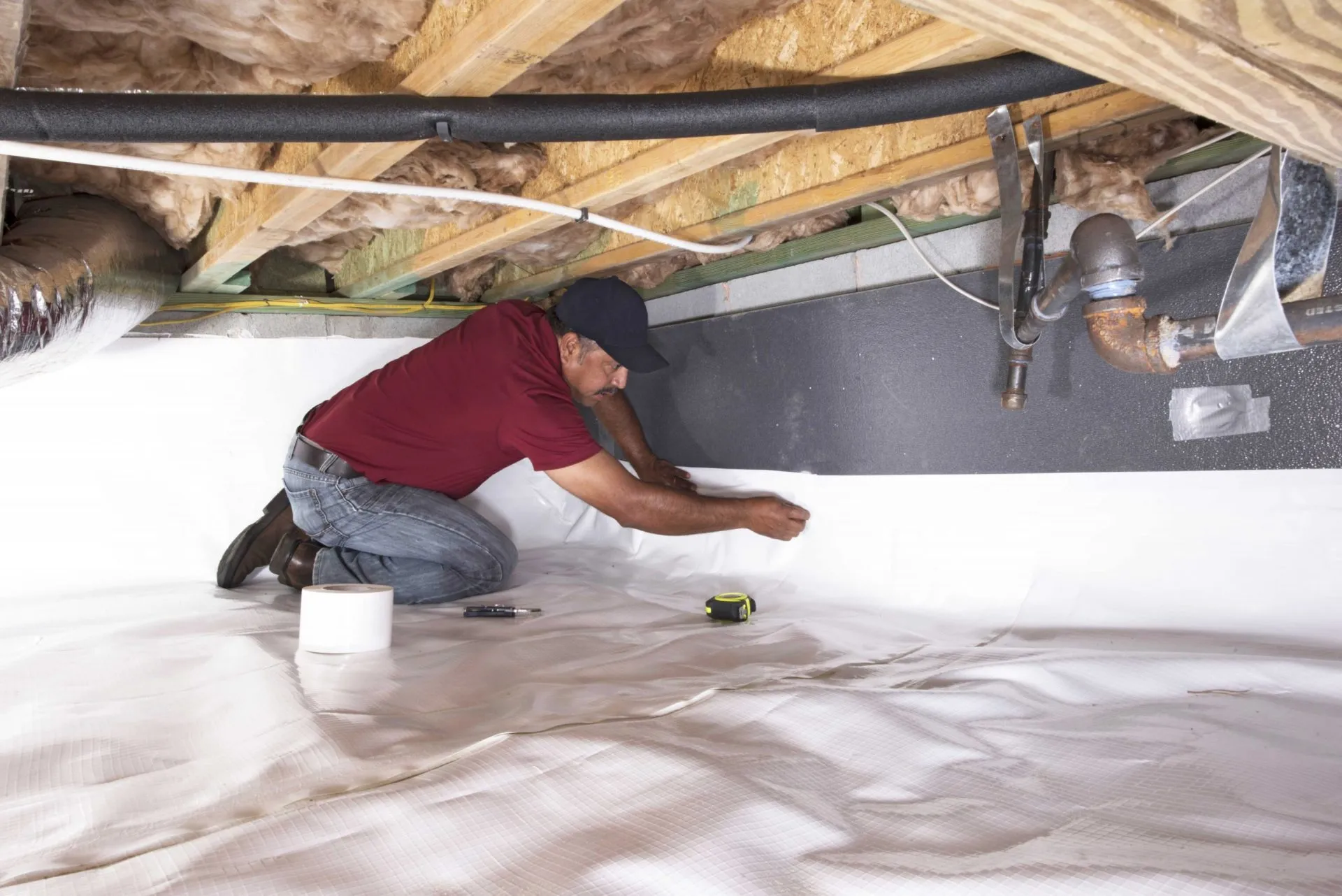
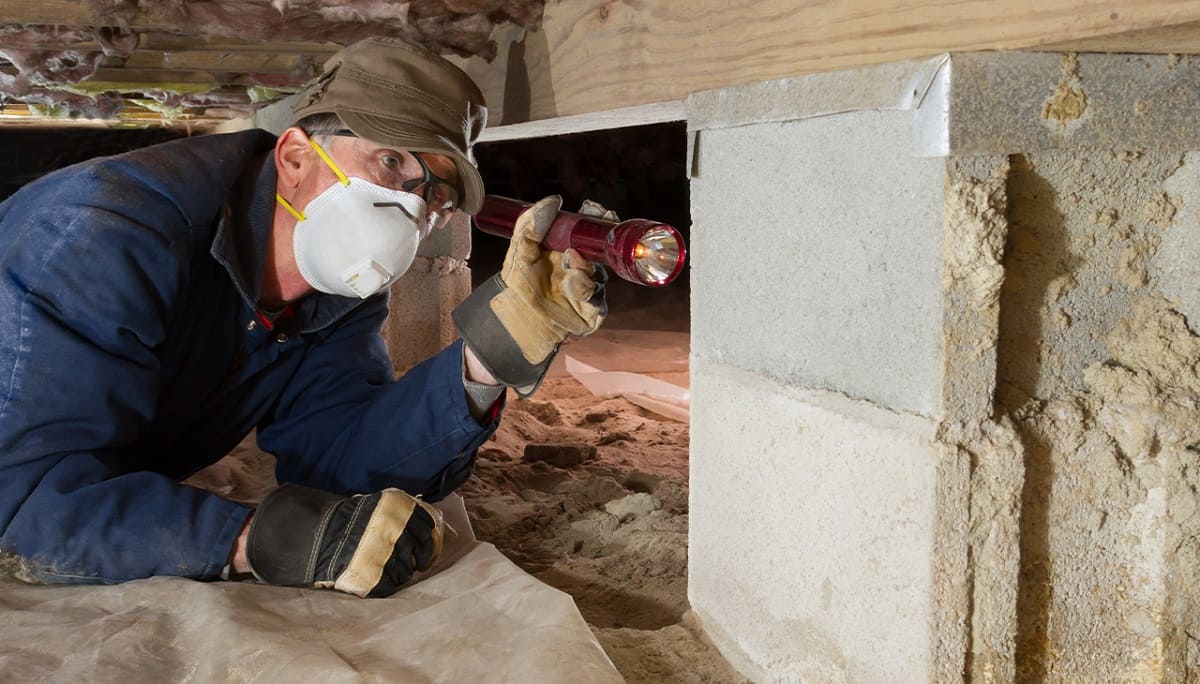
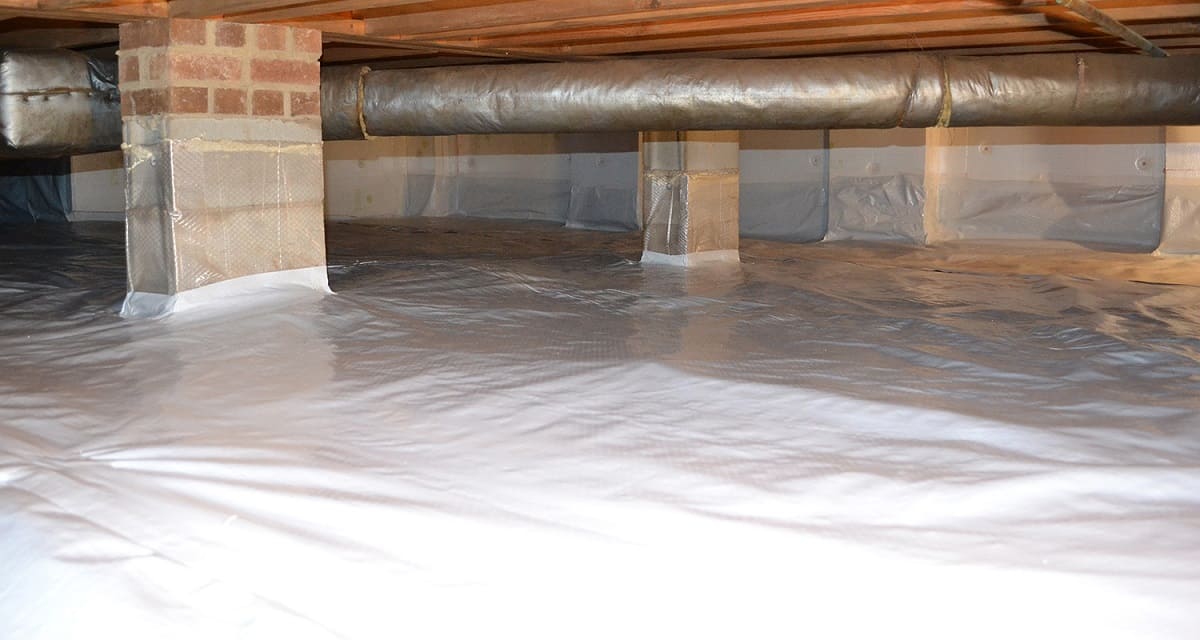
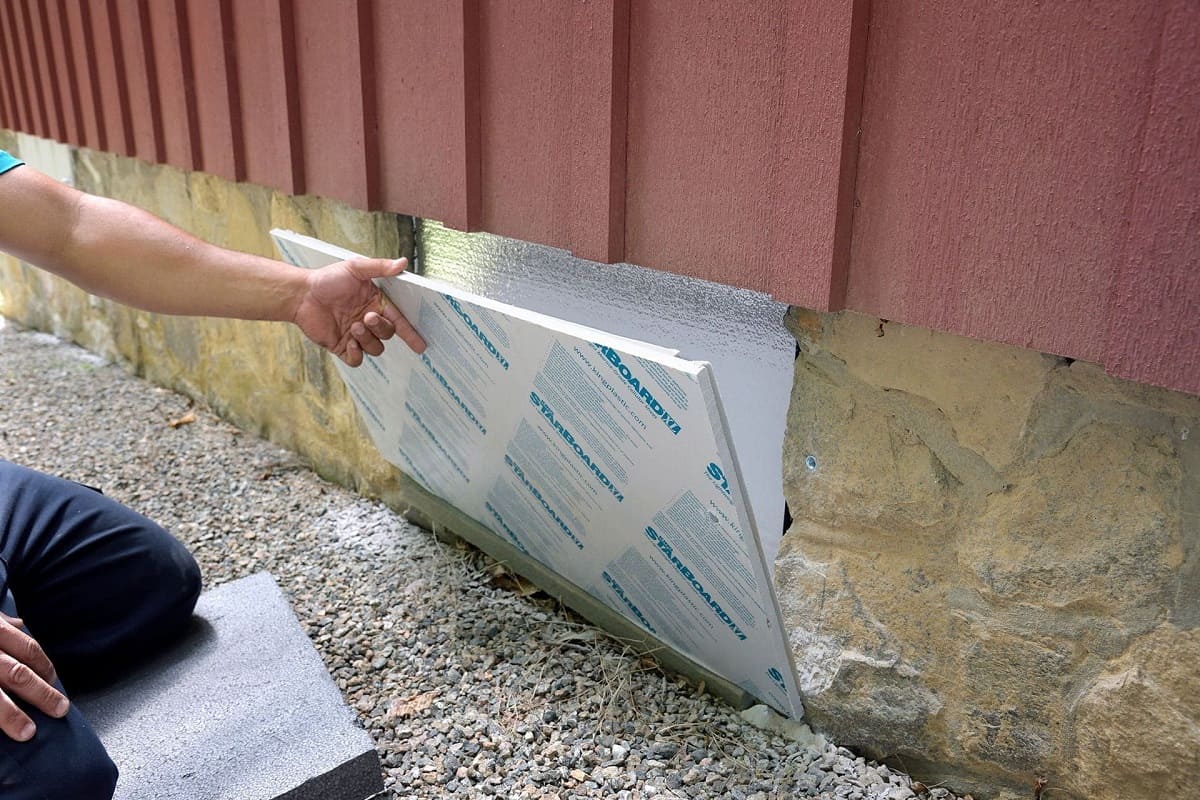
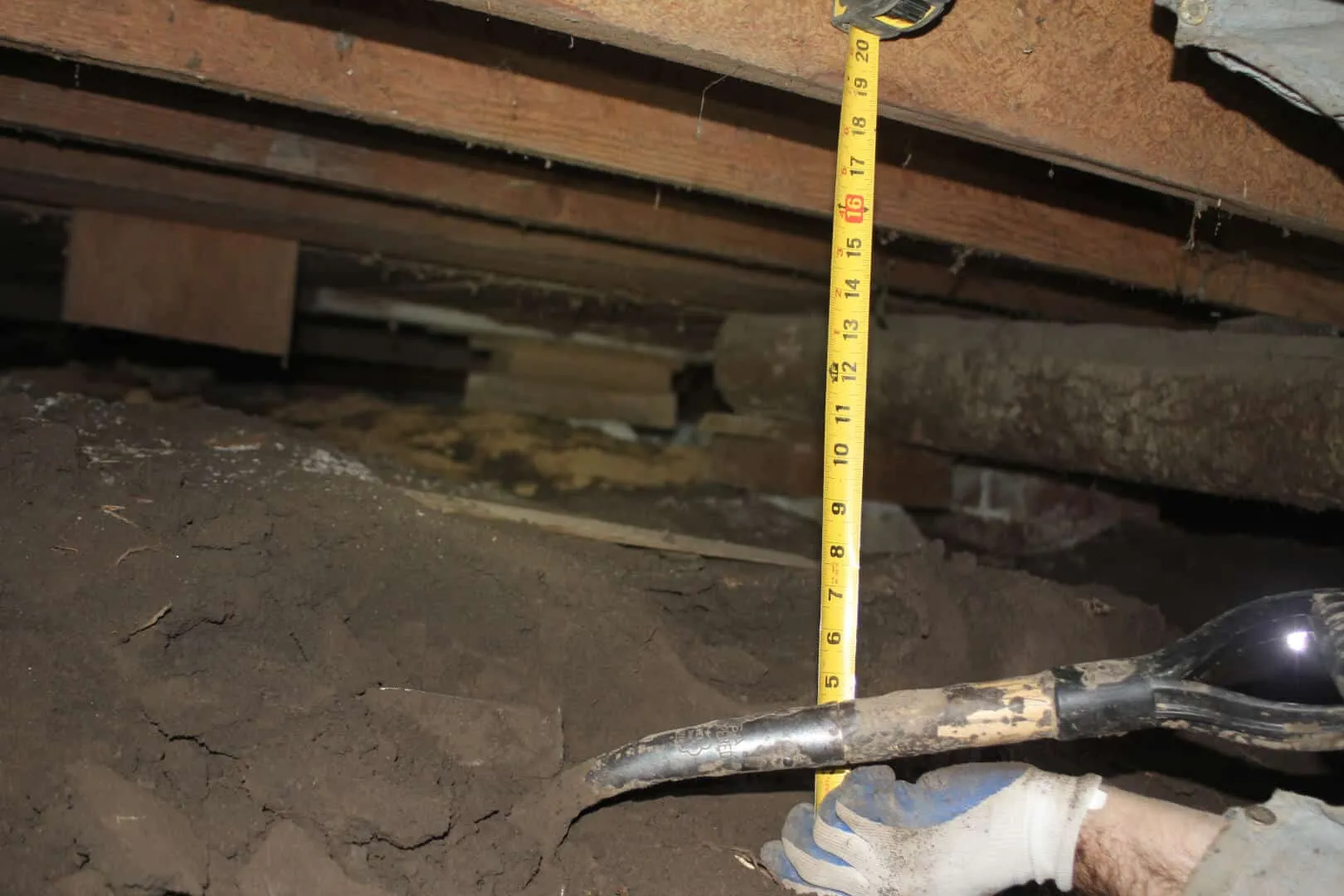
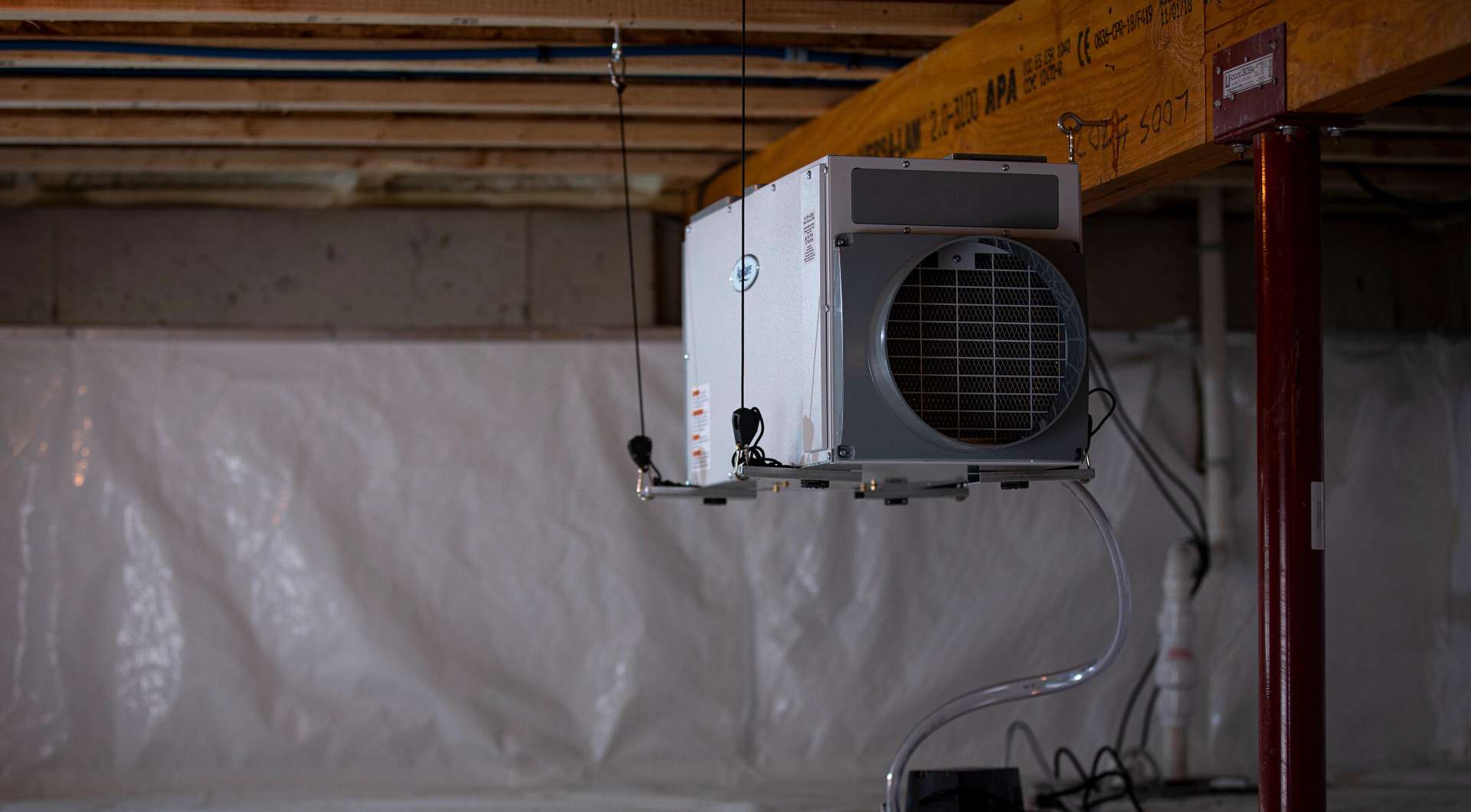
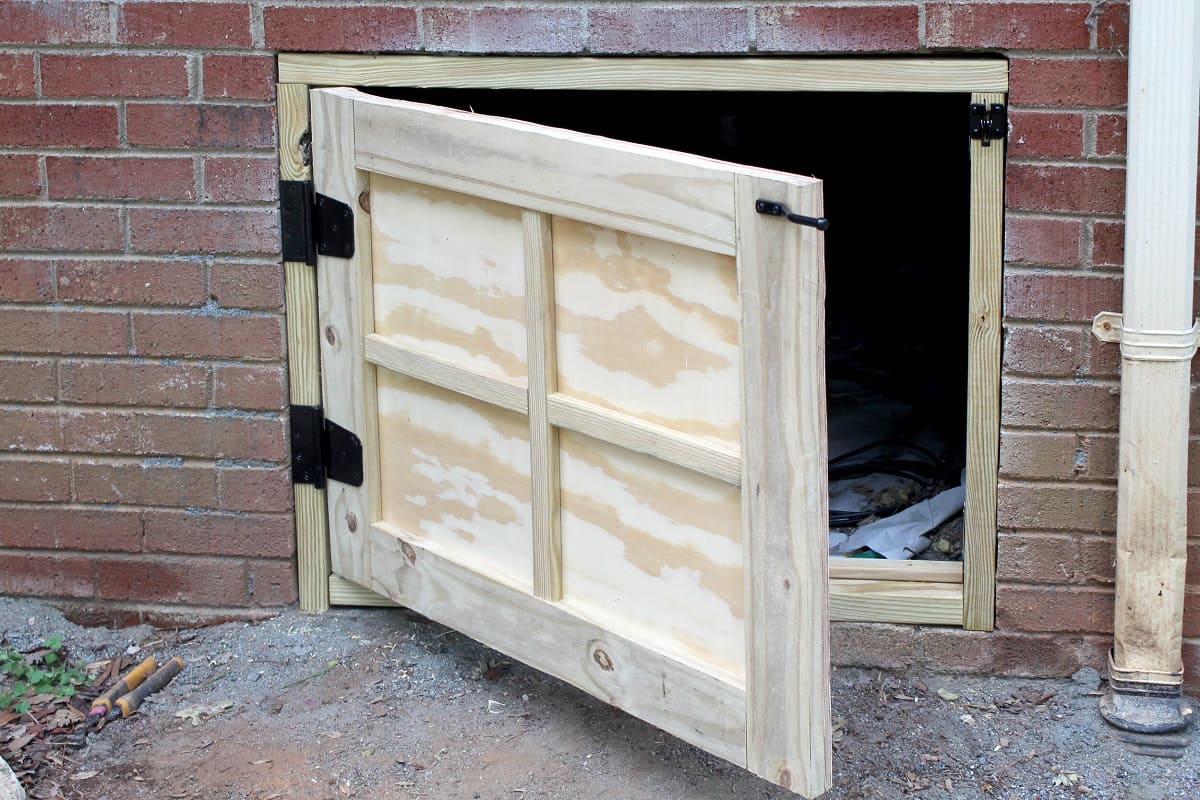
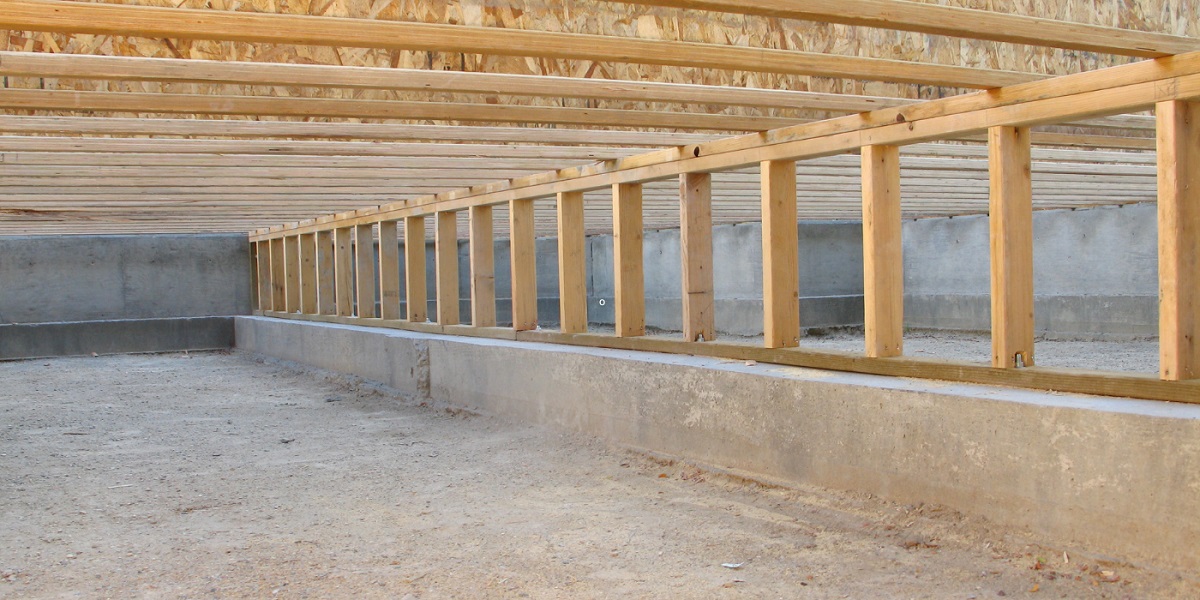
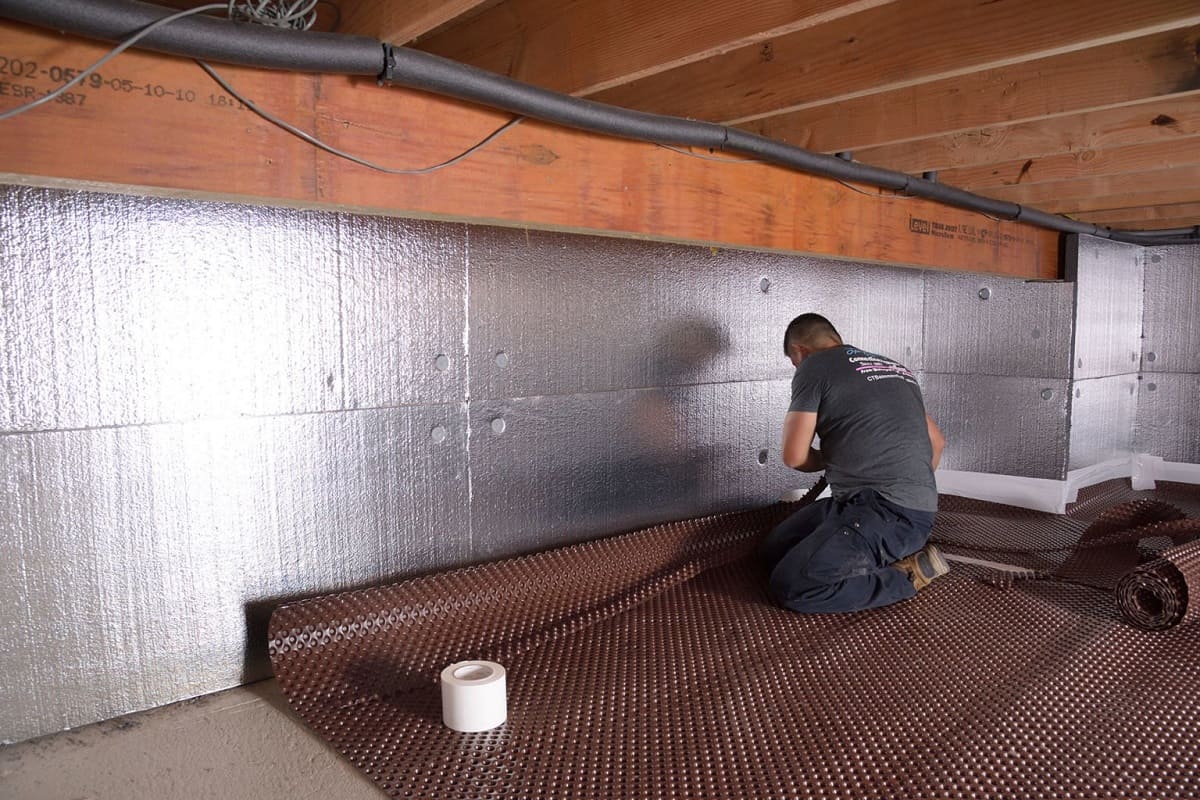
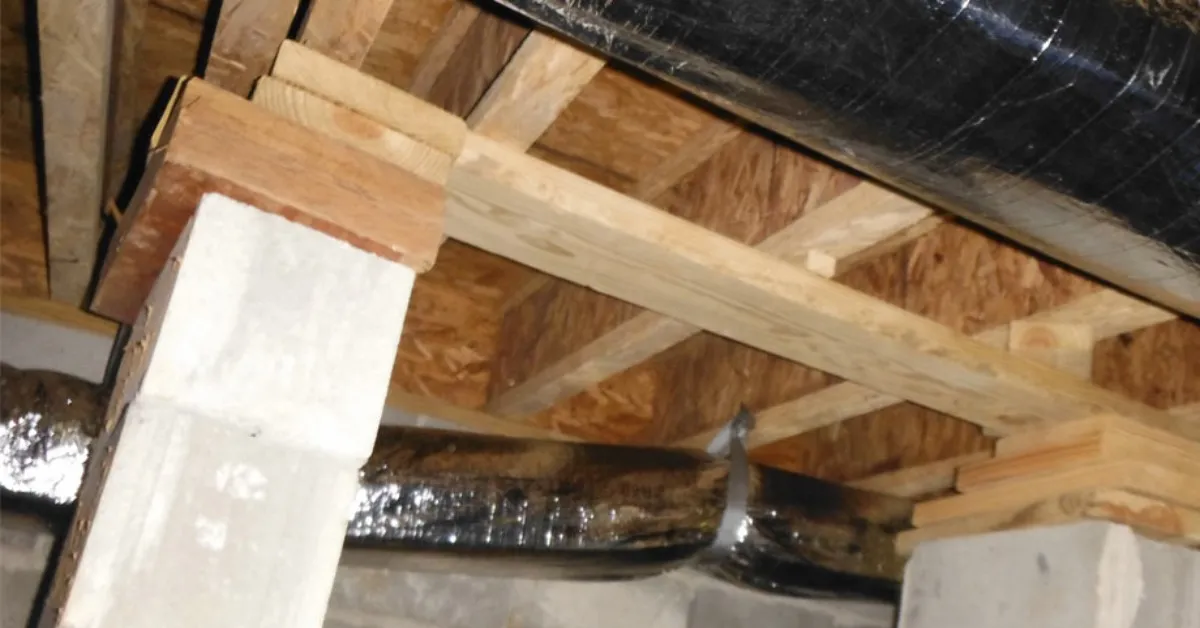
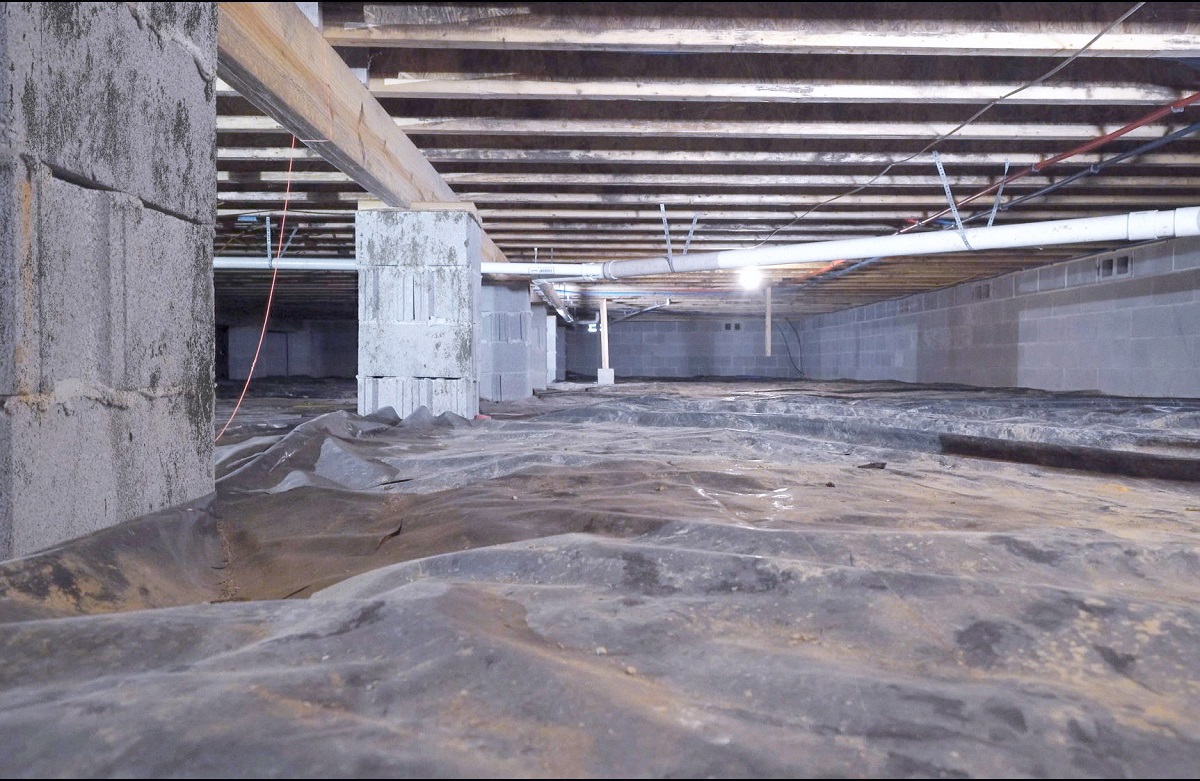

0 thoughts on “How Cold Does A Crawl Space Get”